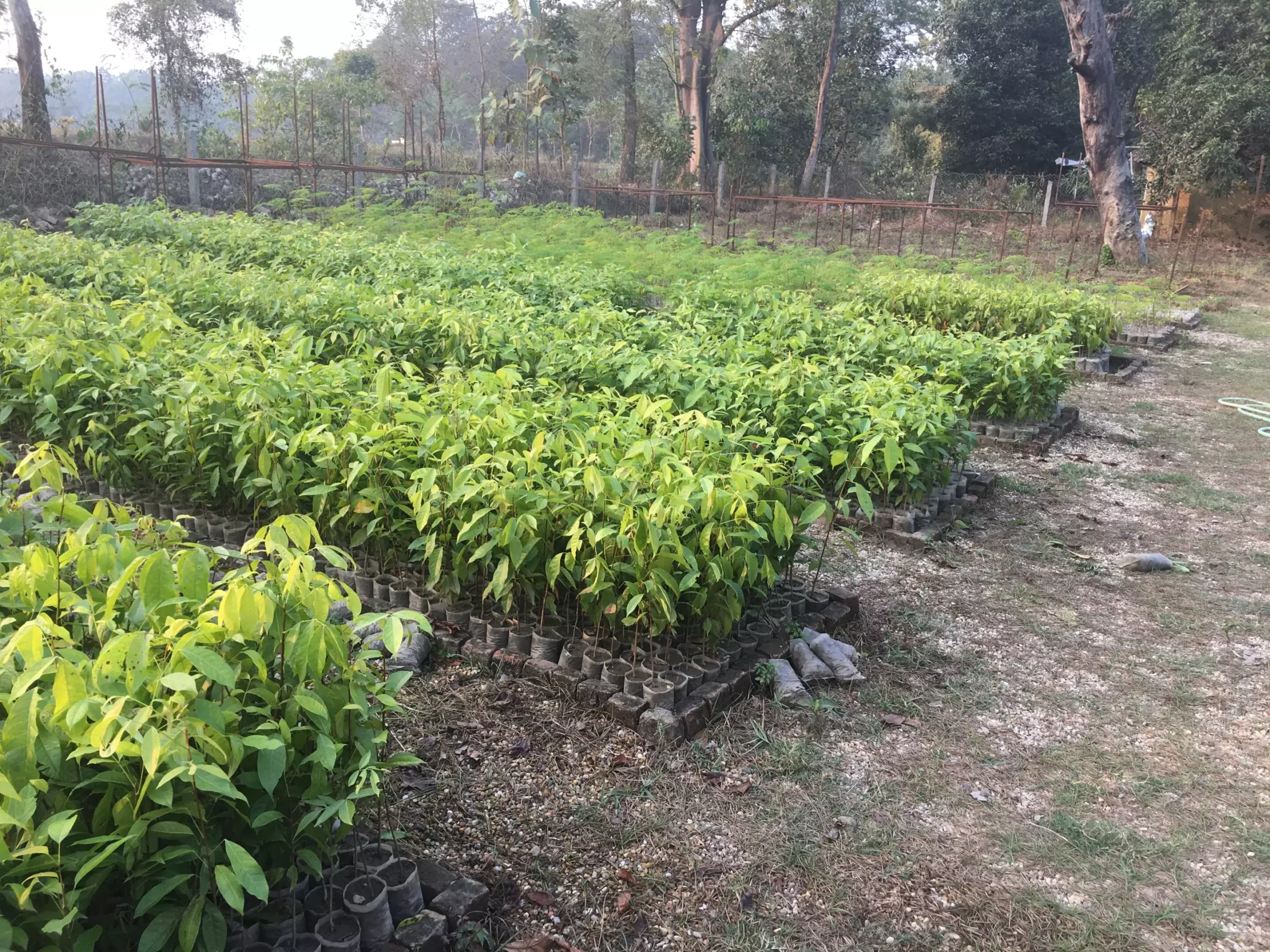Recent findings reveal that reforestation in low- and middle-income nations can potentially absorb carbon dioxide at a scale that outpaces traditional methods, fostering hope in the relentless battle against climate change. A study published in *Nature Climate Change* unveils the remarkable potential of natural forest regeneration. It points out that this approach could sequester carbon up to tenfold compared to previous estimates, showcasing an asset that has been mostly overlooked in reforestation efforts.
Unlike conventional reforestation strategies centered solely on tree planting, this research indicates the importance of allowing degraded lands to spontaneously regenerate. Almost 50% of identified suitable reforestation areas would yield superior carbon sequestration if left to nature’s course. This is a game-changing revelation that demands a paradigm shift in environmental policy and practice.
Balancing Economic Viability with Environmental Needs
Jeff Vincent, a respected figure in forest economics at Duke University, articulates the critical role wood markets play in large-scale reforestation initiatives. His assertion—that timber plantations can often prove to be more cost-efficient for carbon sequestration than naturally regenerating forests—forces us to reconsider our strategies. The implication is profound: rather than merely focusing on restoring what has been lost, we can turn our gaze toward harnessing economic activities that align with environmental goals.
In nations grappling with the consequences of rampant deforestation and where financial resources for reforestation efforts are scant, the challenge lies in effectively allocating limited funding to optimize carbon capture. Vincent emphasizes the need for a mixed approach—combining planted forests with naturally regenerated areas to meet societal demands for various forest services. This harmonization represents a sophisticated understanding of the dynamic interplay between nature and human needs.
Emphasizing Biodiversity Through Mixed Approaches
Jonah Busch, the lead author of the study, underscores the underutilized potential of diverse reforestation methods. There’s an urgency to recognize that a hybrid of planting and natural growth could outperform singular approaches by maximizing carbon sequestration capabilities. This multifaceted strategy could yield a plethora of ecological benefits while fostering biodiversity.
The current reliance on uniform tree planting not only limits potential carbon capture but also diminishes the ecological richness that naturally regenerated forests can offer. Incorporating an array of species and allowing ecosystems to recover organically can enrich habitats, enhance wildlife support, and create resilient carbon sinks akin to none other.
Economic Mechanisms: Driving Forces for Change
To effectively implement reforestation, innovative economic mechanisms such as carbon payments are critical. Companies and organizations seeking to mitigate their carbon footprints can incentivize reforestation endeavors through financial support, thereby stimulating a broader environmental renaissance. Vincent posits that such payments can singularly encourage reforestation in specific locations, while simultaneously generating revenue from sustainable wood harvests in other areas.
Moreover, the economic viability of reforestation projects hinges on understanding net costs—calculating potential earnings from timber sales against the costs associated with carbon sequestration. This financial transparency will empower local communities and stakeholders to make informed decisions, steering clear of vegetation loss triggered by economically driven agriculture.
Strategic Mapping: Visualizing the Future of Reforestation
The study’s culmination includes a groundbreaking geographic analysis that illustrates the most effective methods of reforestation based on location-specific data. This geographical visualization acts not only as a resource for policymakers but also serves as a guiding compass for corporate stakeholders aiming to invest in reforestation endeavors strategically. The mapping showcases which areas benefit more from natural regeneration versus those that need targeted planting efforts, thereby enhancing the efficiency of resource allocation.
By promoting smart investment in forest restoration projects, the knowledge derived from this research can catalyze impactful change in national and global carbon markets. The pathway to a sustainable future is clearer, directing efforts toward not merely rebuilding forests but fostering resilient ecosystems—in essence, thriving alongside nature rather than against it.
Through varied approaches and economic incentives, a sustainable model can emerge, offering hope and solutions in the face of climate adversity, while reaffirming our commitment to preserving the fragile balance of our planet’s biodiversity.


Leave a Reply